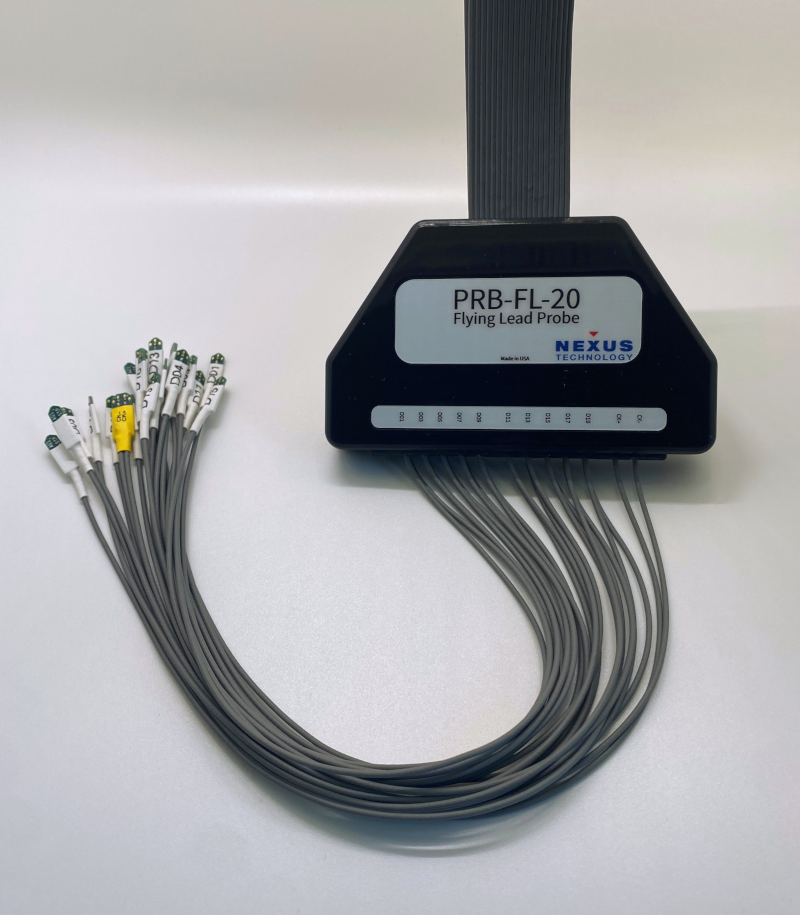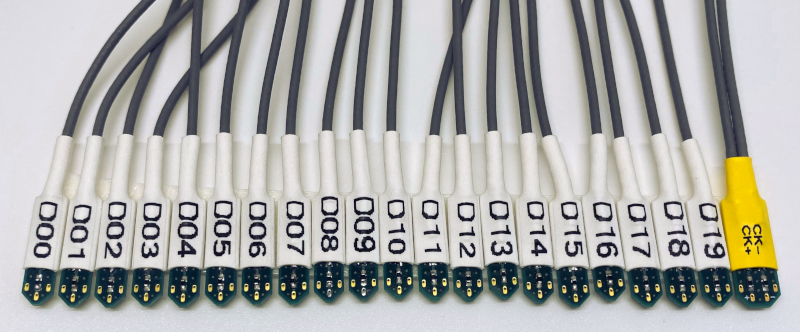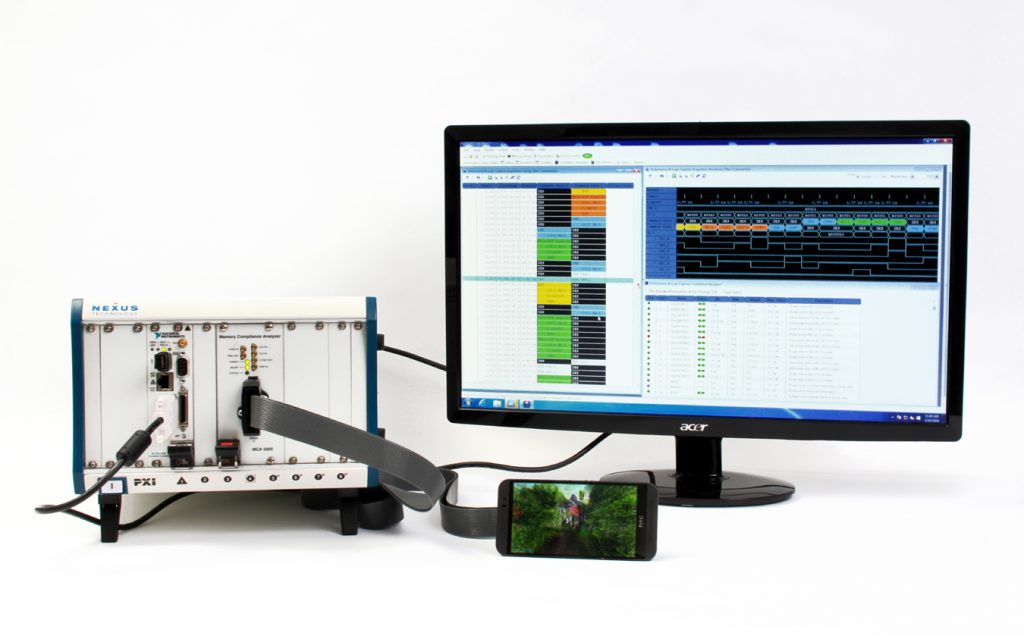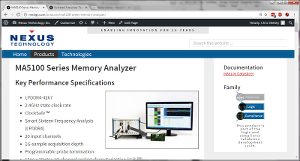
Nexus Technology announces support for JEDEC LPDDR5X-9600 on the Nexus Technology MA5100 Memory Analyzer / Logic Analyzer. This increases the acquisition and analysis capabilities of the analyzer which previously supported only LPDDR5X-8533 (and slower). The MA5100 enables designers, implementors, and users to validate, debug, monitor, and optimize their LPDDR5 memory interface.
- Three Speed Options
- LPDDR5X-9600 – NEW
- LPDDR5X-8533
- LPDDR5(X)-6400 and slower
- Memory Validation and Debug
- Monitoring of Bus Traffic
- Optimization of Memory Performance
- DDR5 and LPDDR4 Options Available
True Analog Visibility
iCiSTM provides detailed insight of signal quality and expected performance for data acquisition you can trust. More…

State Capture
State results include continuous traffic around one or more events of interest and may consist of time, bus commands, bus addressing, margin violations, and trigger events. More…

Target Connection
The MA5100 memory analyzer supports connection using standard interposers, flying-lead probes, or with a custom interposer solution. LPDDR5 Interposers / Flying-Lead Probe

Attachment & Testing Services
A typical attachment service includes removing the memory from your target and reassembling the target with an interposer. More…
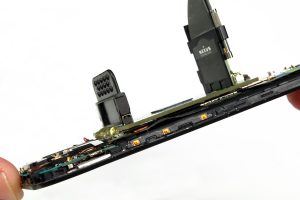
Add Oscilloscope Probing
Add oscilloscope probing using an XH series interposer. More…
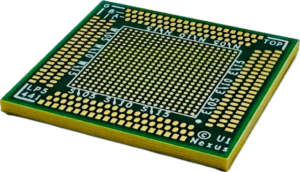
Need more information? Contact us anytime. We are here to help.
